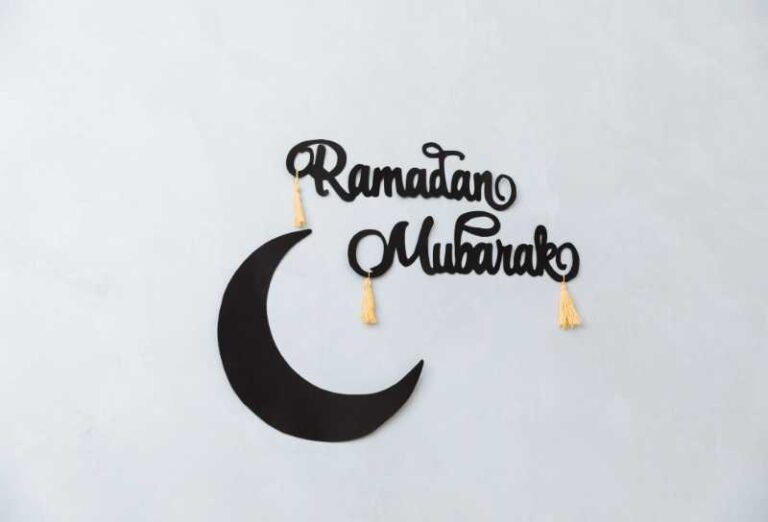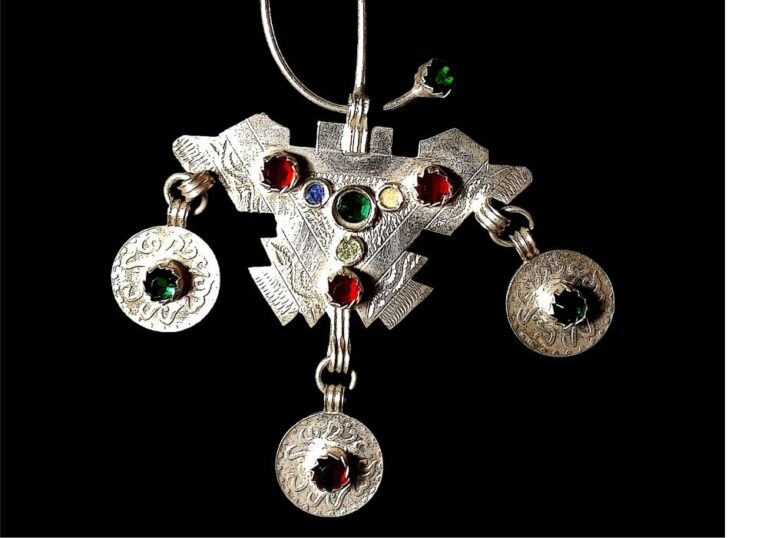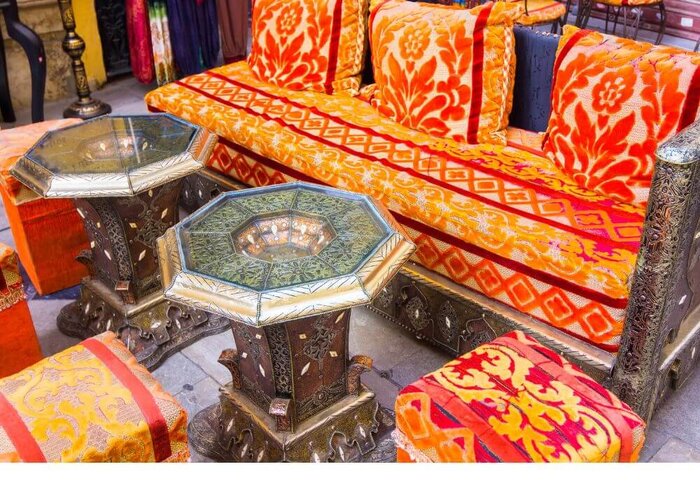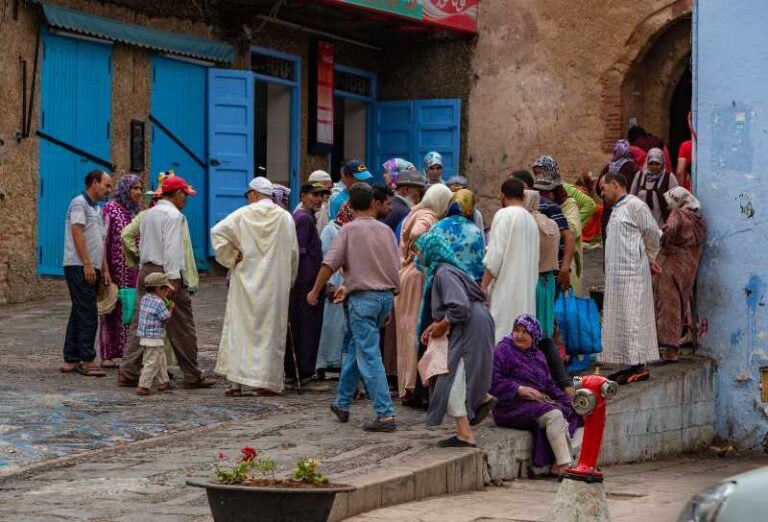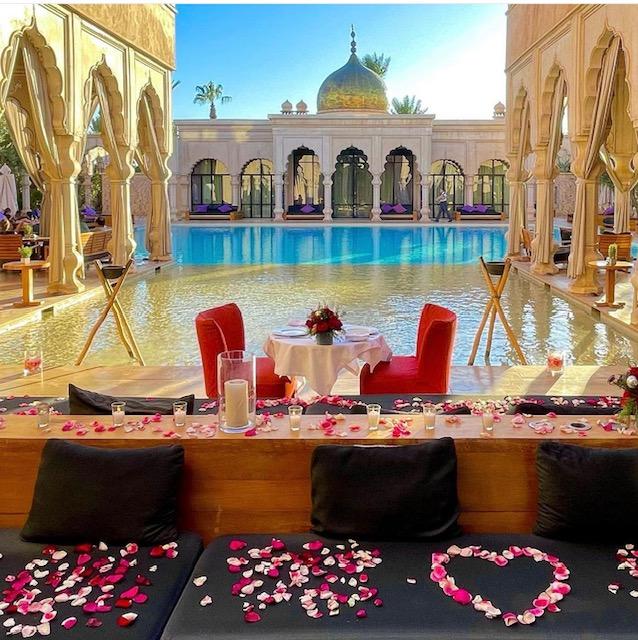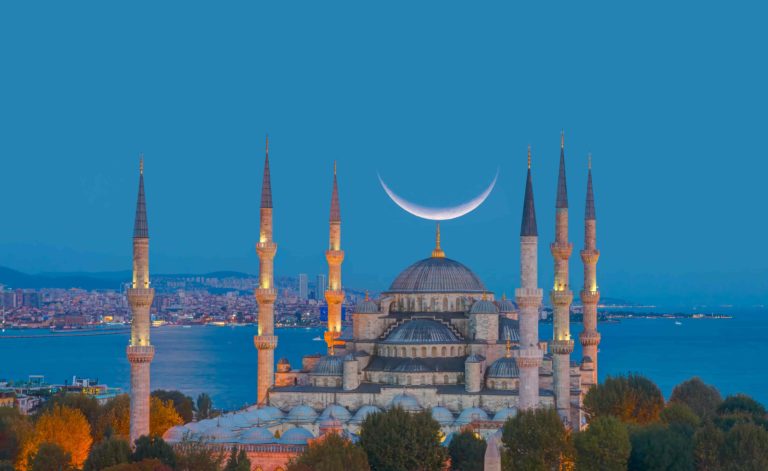Turkey People, culture and traditions

The Ottoman empire’s dissolution in 1923 marks the founding of present-day Turkey.
While the country’s history as a nation is relatively more recent, the emergence of Turkic tribes, on the other hand, dates as far back as the sixth century.
Though it’s worth mentioning that the term ‘Turk’ can refer to any Turkic people -from the six Turkic countries: Azerbaijan, Kazakhstan, Kyrgyzstan, Turkmenistan, Turkey, Uzbekistan-, while ‘Turkish’ is exclusive to the modern country of Turkey.
In this article, we explore the history, society, and customs, and traditions of the Republic of Turkey, from the rise and fall of the Ottoman Empire to the establishment of this modern and relatively recent country.
Table of Contents
Turkish History and Background
Turkic tribes were predominant in the north and west of Mongolia.
Over the course of the years, these tribes gradually migrated west and began to serve as mercenaries and enslaved armies of the Arabs and Byzantines. Though they soon started to claim those victories as their own.
By the eleventh century, the Turkic nomadic warriors established their empires in the Middle East, or what is now known as Persia, Syria, Iraq, and Turkey.
Although the Seljuk empire collapsed as a result of Mongolian invasions in the thirteenth century, Turkic emirates and kingdoms emerged in the aftermath throughout this region.
Most notably the Osmanli or Ottomans, in the fourteenth and fifteenth centuries who conquered the remainders of the Byzantine empire, namely in the 1389 battle of Kosovo and the 1453 conquest of Constantinople.
By the sixteenth century, the Ottomans ruled an empire that stretched from North Africa to the Indian ocean, surrounding the Black sea, and extending to the gates of Vienna.
By the nineteenth century, the Trans-Caspian and Balkan regions were separated, and many non-Turkic Ottoman citizens resettled in Anatolia and Turkish Thrace.
Following World War I and the Ottoman empire’s demise, the center of the old empire -Anatolia or Asia minor and Istanbul- was reconstituted into modern-day Turkey and established under the leadership of Mustafa Kemal Ataturk
Mustafa Kemal Ataturk soon disestablished Islam as the country’s religion, implemented Western legal codes, and instituted a secular educational system.
After centuries of mixed marriages with Balkans and Mediterranean people and their assimilation into the Ottoman Empire and subsequently the Turkish state, the vast majority of Turkish people today have genes that resemble southern Europeans more so than central Asiatics.
To this day, Turkic populations still populate many areas in the Middle East and Central Asia, stretching from the Uighur regions of northwestern China to the Balkans, and these areas all share several common elements of language, dress, and culture.
The People and Society of Turkey
The Turkish constitution gives the term ‘Turkish’ a political status that encompasses all citizens of the state of Turkey, bearing no distinction based on race or religion.
The government also established historical societies that researched, and sometimes even invented a glorious past deemed to instill a sense of pride and nationalism in the state’s citizens.
This policy of nationalistic indoctrination has been incredibly effective in doing that, especially since the majority of citizens, despite their non-Turkish background or ancestry, identify as Turks both nationally and ethnically, perhaps with the exception of some Kurds.
As for language, data shows that, for the most part, the population claims Turkish as their mother tongue, while the remainder speaks Kurdish with a small minority maintaining Arabic as their first language.
While estimations vary depending on different studies and surveys, the Kurdish population in Turkey accounts for almost twenty percent of the republic’s population (as of the twenty-first century).
Furthermore, there are other ethnic minorities all across the country, with Greek, Armenians, and Jews located for the most part in Istanbul.
More than ninety percent of the entire population adopts Islam as a religion despite the country being secular based on the constitutional amendment of 1928.
While Turkish people were predominantly living in rural areas in the mid-twentieth century due to a distribution that was inherently influenced by the agricultural potential of lands, more than seventy-five percent now lives in towns and cities.
This further contributes to vast regional differences in population density.
Historically, much of Asia Minor (or Anatolia) comprised of nomads and those who led a transhumance lifestyle where they migrated as the seasons changed between plains and uplands.
Some descendants of nomads and transhumance folk are sheep and goat herders traversing plains and mountains and living in tents, while others own as many as three houses in villages or small towns at different altitudes.
Most Turkish people, of all social classes and statuses, have adopted Western-inspired lifestyles. They pay attention to Western fashion trends, they live in high-priced apartments in the cities, and they indulge in luxury items.
Moreover, they also cultivated a taste for Western music, literature, and arts.
Though the upper-class favors European language universities and high schools, the middle class is more content with the standard Turkish system of education.
With that said, both social classes have a preference for a more educated, Istanbul style, Turkish language.
On the other hand, lower classes living in urban areas dress in a more modest manner, with women opting for more conservative clothing, including long coats and headscarves, even in the summer.
They also prefer Turkish and Middle Eastern music, and because they’re less exposed to Western influences, they speak Turkish characterized by different regional accents and grammatical particularities.
Turkish Culture and Traditions
Turkish cuisine is a true testament to the country’s expansive history and deep cultural roots. From sweet to savory, the innovation and creativity put into each dish are unparalleled.
Moreover, the variety in the gastronomic scene, as well as the combination of different outside influences, make for a rich and diverse range of foods.
Some of the most popular dishes include vegetable and meat stews, primarily made from beef and lamb, sourdough bread that accompanies each and every meal, as well as soup.
For instance, the Black sea region is most commonly known for its fish centered dishes, while the eastern area is famous for its spicy foods.
Georgian cuisine’s signature is corn soup and cornbread, while Circassians are recognized for preparing their chicken in a walnut marinade. Another largely popular staple is Turkish tea and coffee.
Much like the mint tea culture prevalent in North African countries, Turkish tea is also about showing hospitality and welcoming someone into your home.
It’s usually served as a strong dark red brew in tulip-shaped glasses. Turkish coffee, on the other hand, is prepared in a special Turkish coffee pot, slightly sweetened, with a distinct texture. It’s often super strong, thick, and luscious.
It’s customary to drink coffee after meals while engaging in light conversation. In addition to that, traditional baths or hammams are another popular tradition that has gone far beyond the country’s culture.
Turkish hammams are rooted in the importance of cleanliness in Islam, but they also draw from ancient cultures like the Byzantines and the Romans.
The Turkish hammam is not only a space for cleansing the body and indulging in relaxation, but it’s also a space to exchange gossip, discuss current events, all while taking advantage of the steaming hot sauna room.
These establishments still retain their ceremonial role in major life events, namely births, marriages, and deaths. Tapestry is also a huge aspect of Turkish culture, as you can find many elaborate rugs and carpets adorning Turkish people’s homes.
These handmade art pieces have become such a highly sought after holiday souvenir that this craft has recently known a revival like no other.
This tradition stems from the nomadic tribes that used to weave carpets and rugs to protect their tents but also as a way to leave their mark and express their identity.

